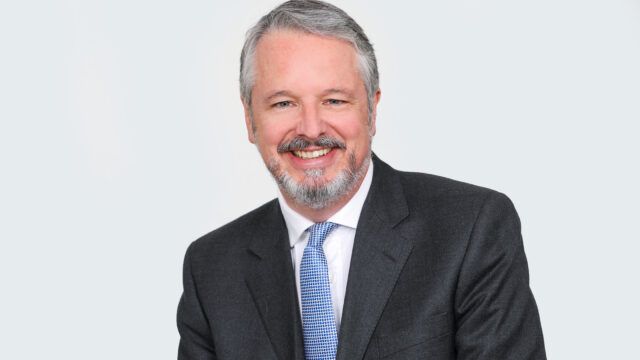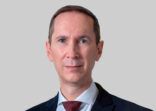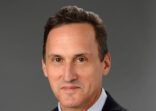At the start of 2023, most market strategists were expecting high interest rates from the Federal Reserve to cause a recession at some point during the year.
Now it seems that the consensus has shifted from recession to a soft landing in 2024, thanks to the unexpected resilience of the US economy.
However, Ninety One’s head of multi-asset income John Stopford thinks a recession is still the most likely scenario, assigning an over 50% probability of one occurring in the first half of 2024.
This is because he believes that many of the supportive factors that enabled the US economy to avoid recession this year are now in the process of fading.
“We think pent up demand post pandemic is largely satisfied,” Stopford (pictured) told a recent media briefing in Hong Kong. “Excess savings that were accumulated during the pandemic which have supported activity, are largely spent – at least among middle- to lower-income groups.”
He added: “We had something of a boost from stronger fiscal policy during 2023, that appears to be fading.”

The monetary policy tightening over the last 18 months has been one of the most aggressive hiking cycles in history, and Stopford argued that the accumulated impact of policy tightening is starting to show up in various data points.
He said: “It’s beginning to show up in things like lending officers’ surveys, in evidence of a softening labour market, weaker capital expenditure intentions, a stagnant housing market, a pick-up in credit card and auto loan delinquencies, higher default rates among weaker borrowers. All of that we believe is heralding a weaker start to 2024.”
“Typically, policy works with a lag, and how long that lag is, varies. This time around, it’s perhaps taking a bit longer than in some other cycles,” he added.
The most likely rate path
Whether or not the US experiences a recession or a soft landing, most market participants expect the that the Fed funds rate has peaked for this cycle.
Indeed the recent figures in core and headline inflation are converging towards the US central bank targets.
Stopford said this creates room for policymakers to lower interest rates to prevent real interest rates from rising too far.
“So in a soft landing, for example, we think there’s scope perhaps for Fed funds to come down towards 3% over the next 18 months,” he said.
“In the case of a hard landing, we can see materially more rate cutting, so rates of perhaps another 1% to 2% lower, driven by the need to stop worrying about inflation and to start worrying about unemployment.”
When it comes to asset allocation, Stopford says the backdrop for growth orientated equities is less constructive, and instead favours more defensive and interest rate sensitive sectors.
“We think we’re going to see some of the sort of laggards in the equity market perform better,” he said.
Focus on the belly of the curve
When it comes to fixed income, Stopford thinks the asset class will benefit from a slowdown in economic growth.
“We think that higher quality fixed income will outperform, those that are more interest rate sensitive and less credit sensitive,” he said.
“The reason for that is that there is very little risk premium, generally priced in for a deterioration in credit risk.”
“The additional yield offered by high yield and investment grade corporate bonds is low relative to history and typically isn’t enough to compensate investors, particularly if we go into a recession.”
When it comes to government bonds, Stopford recommended focusing on the major markets and being in the “belly of the curve” because of the steepness already priced into most government bond markets.
“If you’re at the very long end you’re not going to benefit so much from falling yields, if you’re at the very short end you don’t typically have enough duration,” he explained.
“So, the balance is somewhere between five and 10 years where you’ll get the best bang for your buck.”

















